Rakhine, MINA – Human rights organization Amnesty International announced on Monday that it had found new evidence of attacks on Rohingya civilians in Rakhine State during armed conflict between the Myamar Military and the Arakan Army.
The evidence shows that the Myanmar military burned villages, killed and injured Rakhine civilians.
“This is based on direct testimony, photos and videos obtained from inside Rakhine and analysis of satellite imagery as well as media reports and civil society sources,” Amnesty said in a report as quoted by Anadolu Agency on Tuesday.
The human rights organization is also concerned over recent reports of an increased presence of Myanmar troops along the border between Myanmar and Bangladesh.
Also Read: UN Experts Warn Right Violations in Kashmir by Indian Authorities
Images of antipersonnel mines recently found in civilian areas identified by weapons experts as MM2-type landmines frequently used by the Myanmar military.
Several residents were injured and died from being hit by these mines. It was reported from credible sources by the public and local media in Rakhine and Chin states.
One local community group reported that the number of people killed as a result of the conflicts that occurred in Rakhine and Chin since December 2018 was estimated at 289 people, while 641 were injured.
The true figure cannot be independently verified as shutdowns of the mobile internet and government crackdowns on media reporting have hampered documentation efforts in conflict-affected areas.
Also Read: At Least Nine Children and One Woman Killed in Pakistani Airstrike on Afghanistan
On September 14, the UN High Commissioner for Human Rights Michelle Bachelet told the Human Rights Council that in some of the recent cases in Rakhine, civilians appeared to have been targeted or attacked indiscriminately, which could constitute further war crimes or even crimes against humanity.
An analysis of satellite imagery conducted by Amnesty found that more than 120 buildings in the ethnic Rakhine village of Taung Pauk and Hpa Yar Paung in Kyauktaw township appear to have been burned to the ground in images taken on 10 September 2020.
New figures from the United Nations Office for the Coordination of Humanitarian Affairs (UNOCHA) show that 89,564 people were displaced at 180 locations in Rakhine between January 2019 and September 7, 2020.
It adds to the existing crisis of mass displacement in Rakhine in which more than 130,000 Rohingya have been held in camps since 2012.
Also Read: Pakistan Condemns Israeli Settler Attacks in West Bank, Al-Aqsa Storming
Internet outages have hampered the delivery of humanitarian aid and access to critical information about the conflict and the COVID-19 pandemic that has been spreading across Myanmar since mid-August, including and in particular in Rakhine.
On September 11, 2020, the Myanmar military admitted that three of its soldiers raped an ethnic Rakhine woman during an operation in Rathedaung township on June 30, although they denied outright denial when the charges were first filed in July.
“There is no sign of the conflict between the Arakan Army and the Myanmar Military easing and civilians continue to bear the brunt,” said Ming Yu Hah, Deputy Regional Director for Amnesty International Campaigns. (T/RE1)
Mi’raj News Agency (MINA)
Also Read: China Criticizes US-Drafted UN Gaza Resolution as Vague, Abstains from Vote





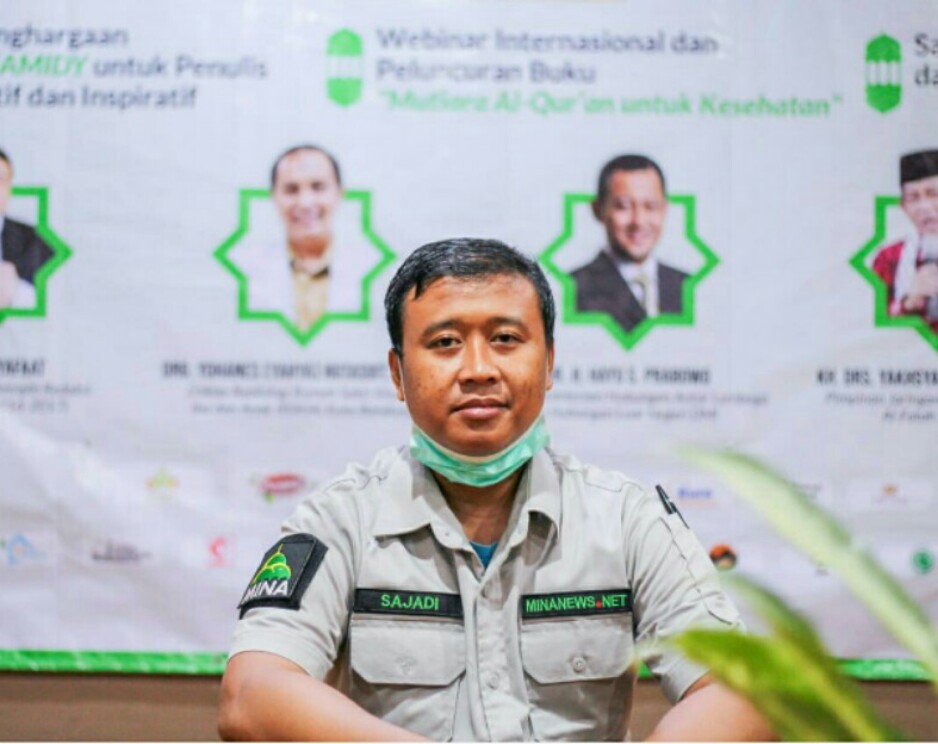
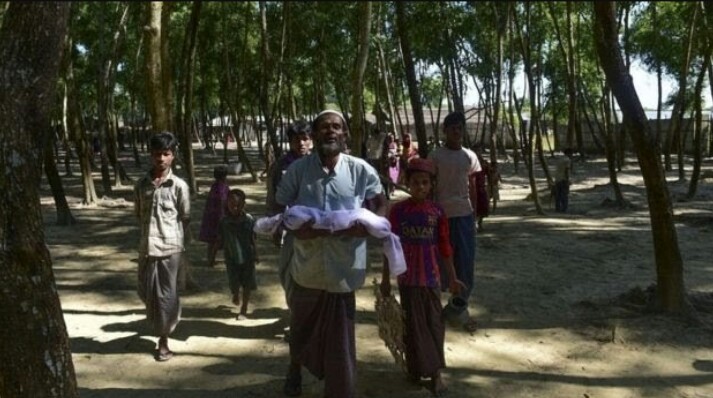



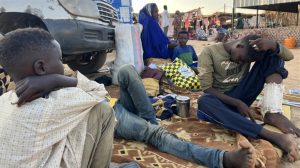
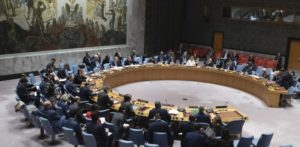
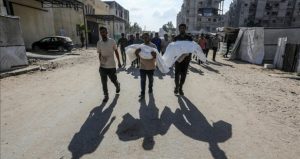
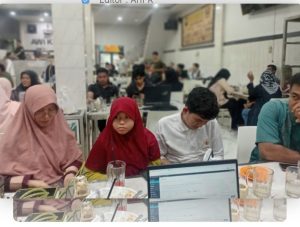
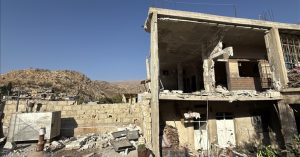




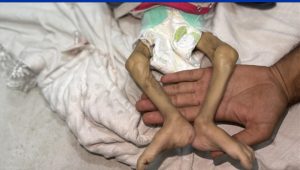








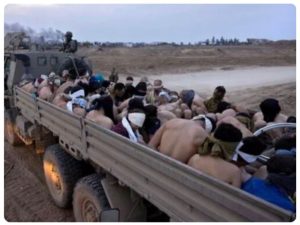






 Mina Indonesia
Mina Indonesia Mina Arabic
Mina Arabic